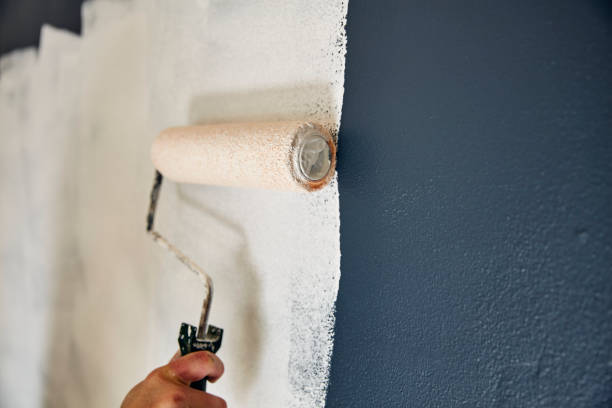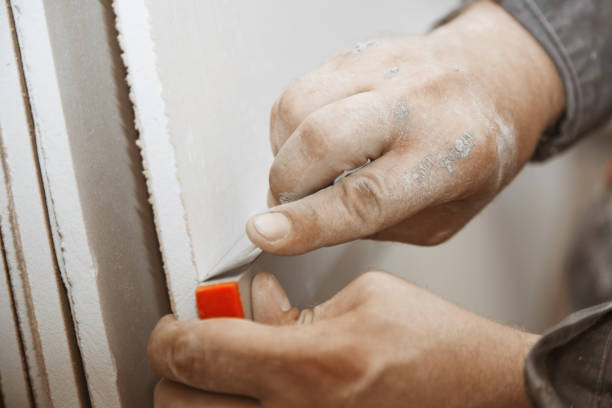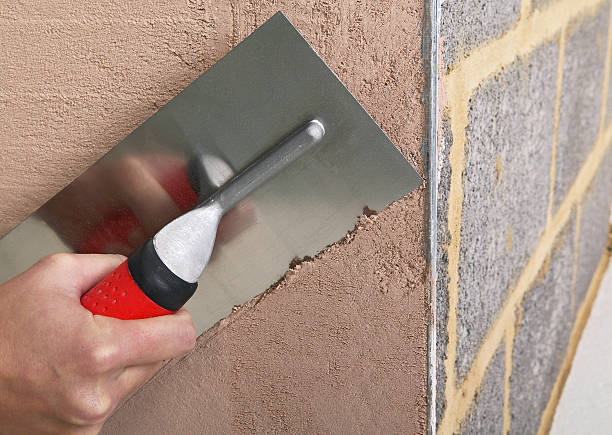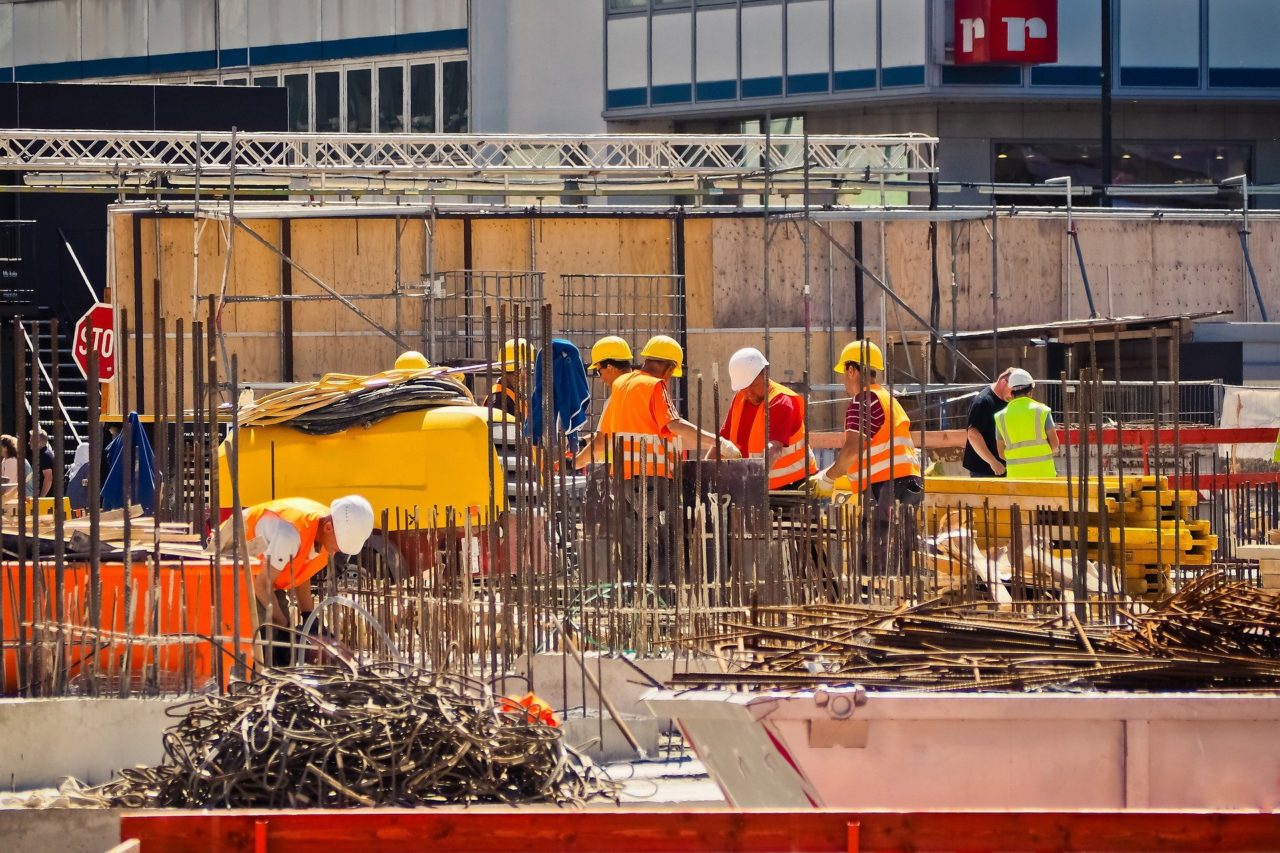
U.S. housing construction has grown, with the number of new homes under construction rising to the highest level in nearly 50 years, but the supply of homes for sale has fallen to an all-time low in recent months, although it may win a bid in a War, the price of mortgage loans is rising.
The good news: housing costs are the biggest driver of consumer price inflation. Last year, these costs increased by 4.4%.
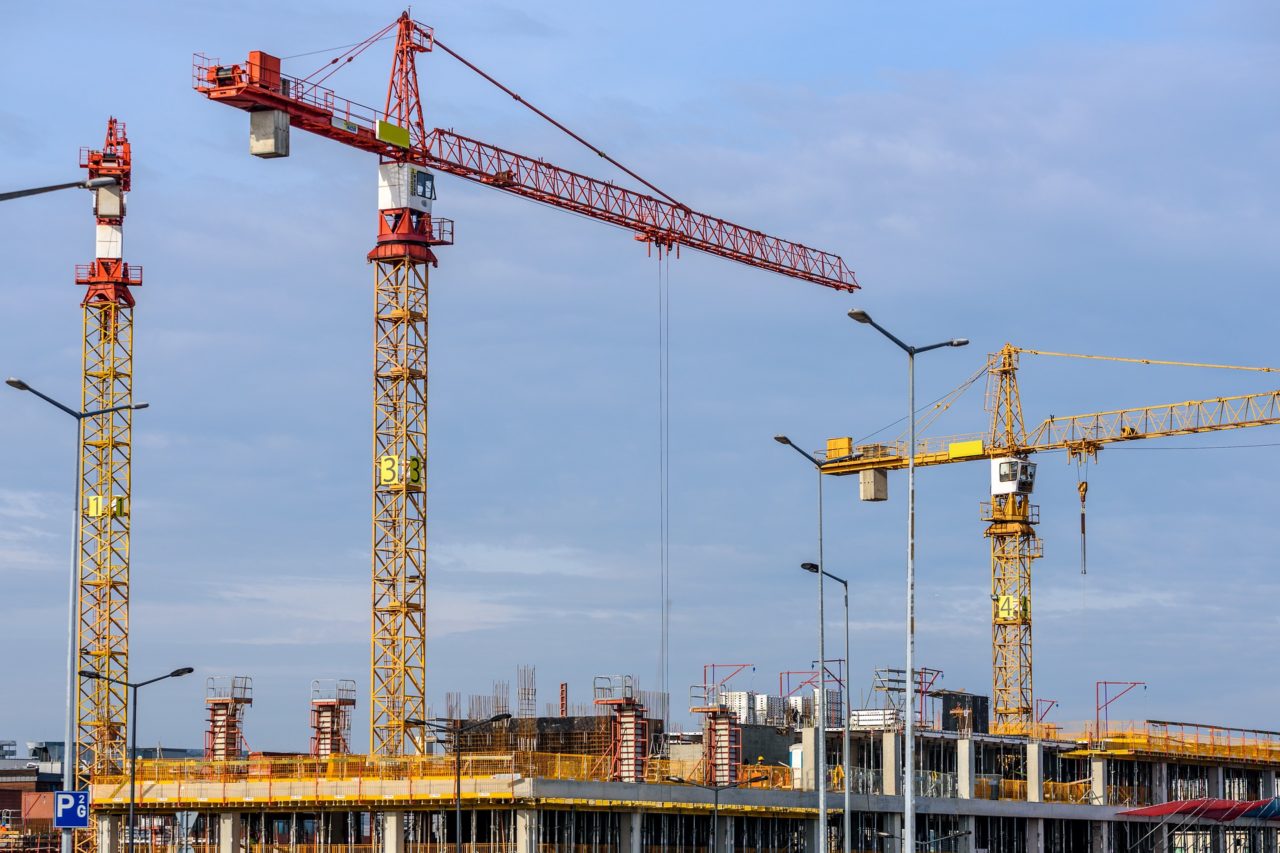
- A portfolio of new homes can help alleviate growing cost pressures in the industry.
- As of January 2022, 1.5 million homes were built, according to census data. In recent years, the highest number was recorded in 2006, with just under 1.4 million.
- Housing construction in the labor impact area has created nearly 40,000 new jobs in the last 12 months.
Yes, but… According to analysts, housing under construction data doesn’t tell the whole story.
- Supply chain problems are the result of the pandemic and have affected other industries as well as the construction industry.
- Supply chain delays are hampering the market for new homes, hurting efforts to speed up construction, restricting options for buyers and forcing some new homeowners to move into unfinished homes, According to a Wall Street Journal report.
Why then? It is necessary to see what the purchase or increase of individual property means.
- Unlike residential construction in the mid-2000s, which was dominated by single-family homes, current activity is more focused on multifamily construction.
- An increase in the supply of apartments on the market should help alleviate pressure on renters, but will not help prospective homebuyers looking to “get on the homeownership ladder” who are currently short on supply.
- The price of existing affordable housing increased from plus or minus $275,000 at the end of 2019 to $358,000 in the month December 2021, according to the National Association of Realtors.


